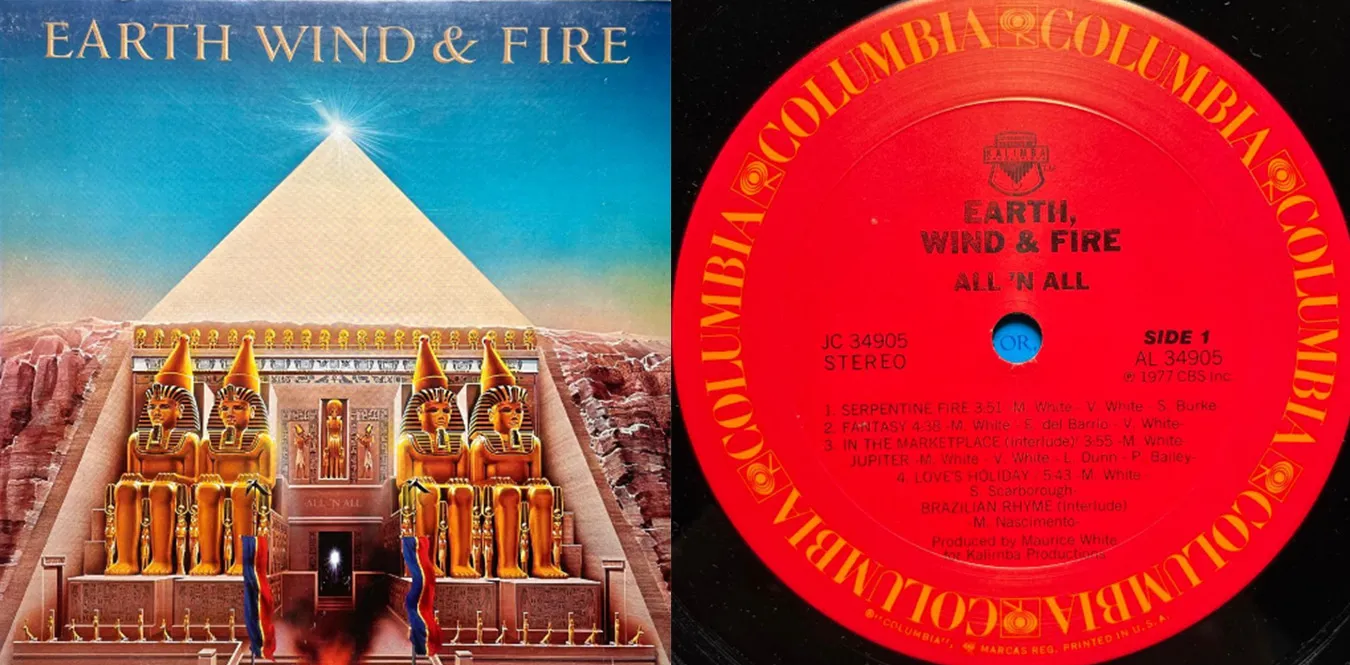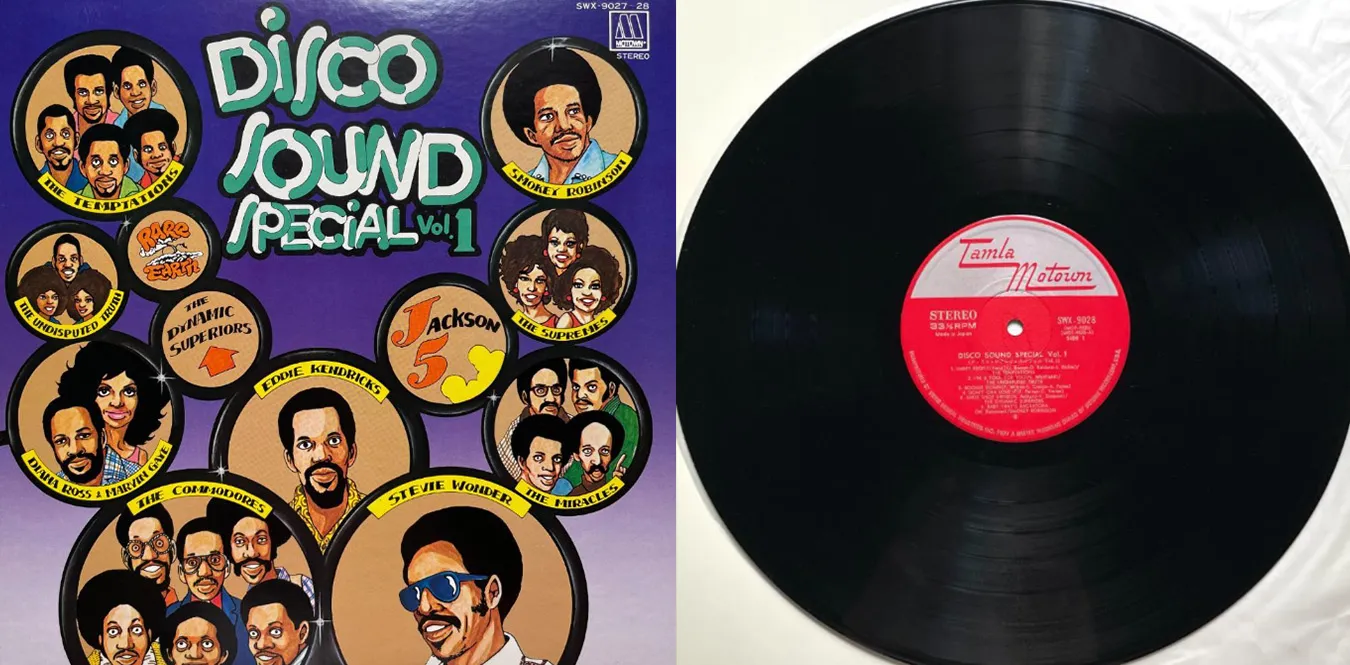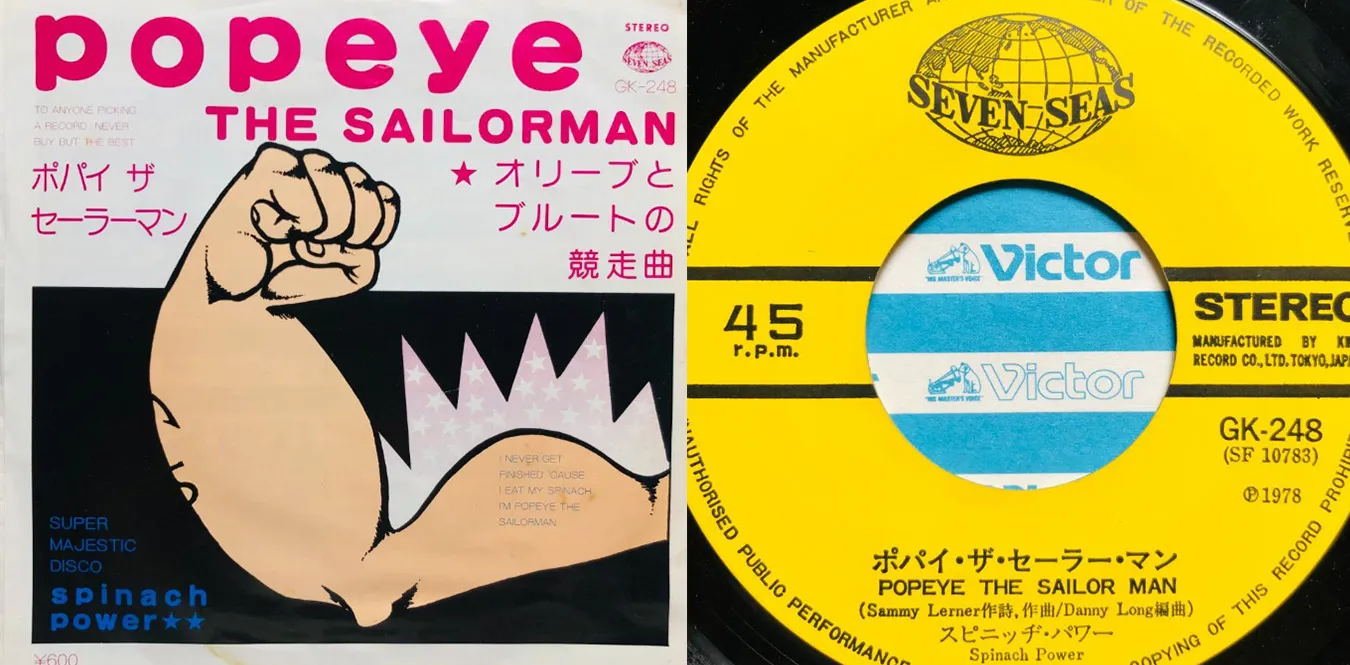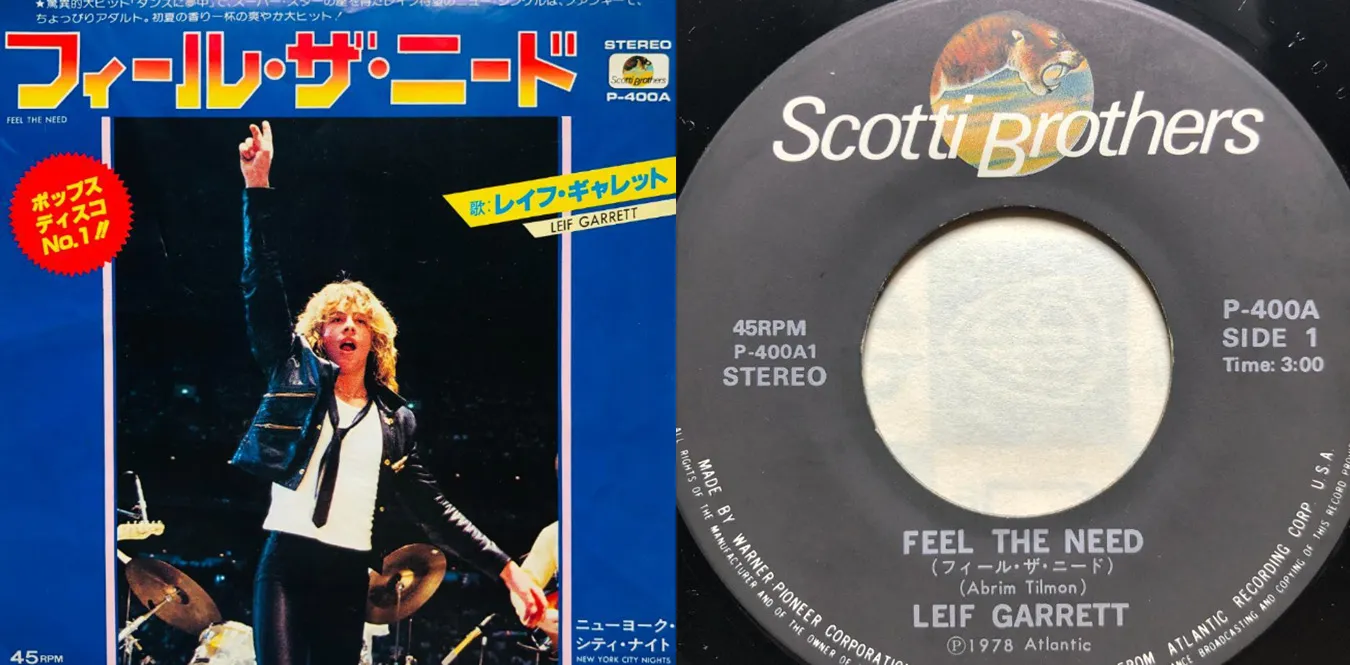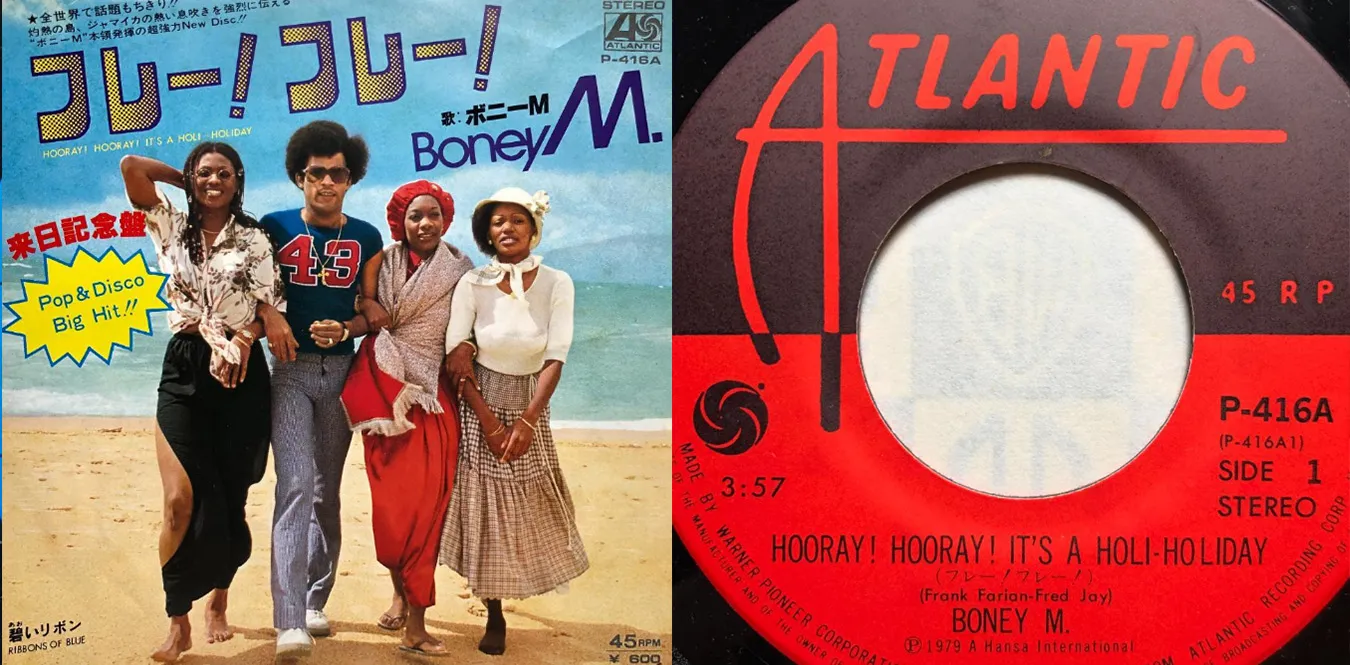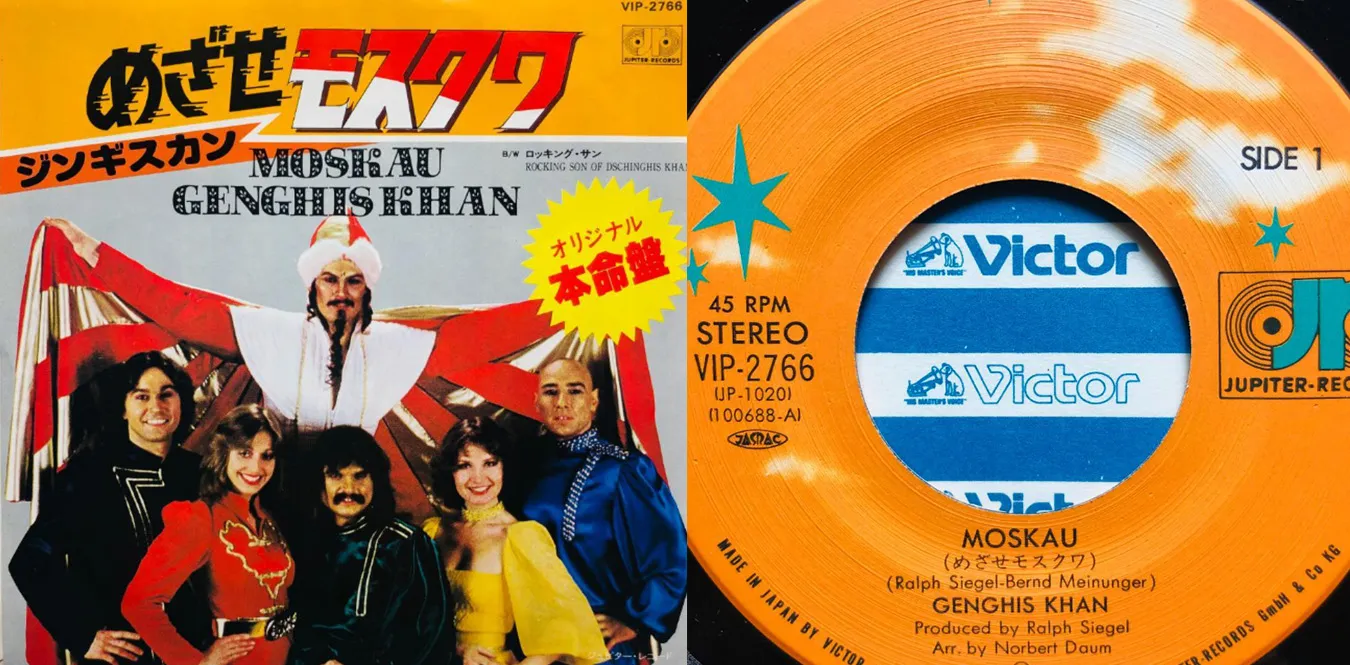[Column] Japan"s 70"s Disco and Red Lark - Aesthetics of the night depicted by music and cigarettes
Column en 70s Citypop Disco![[Column] Japan](/../assets/images/column-1970s-disco-redlark.webp)
Japan”s 70”s Disco and Red Lark - A nighttime aesthetic drawn by music and cigarettes
| Text: mmr | Theme: A record of Japan’s 1970s era, when disco and Red Lark advertisements intertwined. Reminiscing about a night where music, fashion, and the smell of cigarettes intersect |
Japan in the 1970s. Shinjuku, Akasaka, Roppongi. The night city was trying to gain unknown freedom through the word “disco.” The atmosphere was filled with glowing mirror balls, Soul Train-like grooves, and Red Lark’s red packaging.
1. A cross-cultural device called “disco” that was born at night in the city
In the early 1970s, urban areas in Japan were dotted with clubs opened by young men returning from the United States. Discotheques such as ““Mugen”, ““Cleopatra”, and ““Space Capsule’’ are not just dance floors; It was a comprehensive experience space where music, scents, lighting, cigarettes, and fashion intermingled.
At the time, the musical focus was soul-disco with bands such as The Trammps, KC and the Sunshine Band, and Donna Summer. However, Japanese DJs don’t just play imported records; I honed my pre-YMO ““urban acoustic sense’‘. BPM sense, bass handling, and lighting synchronization. At night, “sound” and “light” became a breathing organism.
2. Red lark, a “symbol of the city”
In 1972, Japan Monopoly Corporation (predecessor of JT) released the ““LARK’’ series. ““Red Lark’’ was particularly popular among young people. The design, with white letters on a red background, was a symbol of ““freedom,” ““the city,” and ““cool,’’ a precursor to the American spirit.
Red Lark is more than just a cigarette. In magazines such as ““Heibon Punch”, ““POPEYE”, and ““non-no’’ at the time, It has appeared as an ““urban accessory’’ that can be seen in discos, jazz cafes, nightclubs, and fashion snaps.
“I felt like the night was starting if I lit the red lark before dancing.”
The red color of this cigarette resonates with the reflected light of the mirror ball, A contrasting color palette of red and silver was carved into the night of the city.
3. Fusion of fashion and night culture
Around 1975, disco culture rapidly expanded. ““MUGEN” in Akasaka, ““Space Capsule” in Shibuya, and ““Suntory Bar Moon’’ in Shinjuku. Young people at the time wore lame shirts, flared pants, and platform shoes. They danced with the smell of cigarettes and perfume in the air.
The advertising strategy at the time was based on the image of ““Red Lark = an urbane, free man.’’ The poster features a man and a woman holding cigarettes in their mouths under the lights of a jazz club. In the background are Fender Rhodes keys and the sound of ice melting in a glass. Everything was designed as a ““musical visual expression’’.
4. Japanese reception of disco music - From “enka rhythm” to “soul breathing”
In the mid-1970s, there was a strong image of disco=Western music entertainment in Japan, but In fact, the Japanese music industry also absorbed its influence.
for example:
- Hiromi Go”s ““240 Million Eyes’’ (1984) has its roots in the exhilaration of 70”s disco.
- Pink Lady “UFO” (1977) is a successful example of domestic production of Donna Summer-style synth disco.
- Hiroshi Sato”s ““Awakening’’ (1982) sublimated the memories of Akasaka”s night scene into city pop.
It cannot be overlooked that the disco space of the 1970s was the starting point for this trend.
5. Red Lark advertising strategy and visual design
Aka Lark’s advertisements are influenced by graphic designers Masayoshi Nakajo and Mitsuo Katsui. Neon, motion blur, photo collage, and “glossy red.”
This design philosophy would later lead to City Pop record jackets (Tatsuro Yamashita, Mariya Takeuchi, Toshio Kadomatsu). In other words, Red Lark’s ““visual musicality” anticipated the later ““musical visual design.”
6. Timeline: The intersection of 1970s disco and Red Lark
7. Intersection of sound and smoke: night as sensuality
Nights in Japan in the late 1970s are remembered for the density of sound and smoke. Perfume, alcohol, and the sweet smoke of red lark. They diffuse in the space and mix with the bass of the speakers.
DJs sometimes say they can ““read BPM by the flow of smoke.’’ A time when the air itself was the media. Vinyl records and cigarettes were burning in the same rhythm.
8. Post-disco generation and the reverberations of Red Lark
In the early 1980s, large discos such as ““Maharaja” and ““Kisanadu” were born, Over time, the music evolved from city pop to eurobeat. However, the ““smell of urban decadence and freedom’’ at its origin was engraved in the red color of Red Lark.
Even today, there are vintage magazines and coffee shop walls. The “LARK” logo remains quietly. It’s not just nostalgia, The aesthetics of the night = a symbol of urban sentiment.
9. Conclusion: Red and silver afterglow
In Japan in the 1970s, disco and Red Lark were the two wheels of the night. Sound and smoke, light and red. The scenery created by these works is still alive in city pop and revival fashion.
When you light up the Red Lark, the Tokyo nights of the 1970s come back to you for just a moment.
Appendix: List of reference disco songs
| Song title | Artist | Year | Notes |
|---|---|---|---|
| Stayin’ Alive | Bee Gees | 1977 | “Saturday Night Fever” signature song |
| Disco Inferno | The Trammps | 1976 | Standardized in Japanese clubs |
| Boogie Wonderland | Earth, Wind & Fire | 1979 | Popular on MUGEN |
| Soul Dracula | Hot Blood | 1977 | DJ purveyor at the time |
| Corrida of Love | Quincy Jones | 1981 | An extension of the Japanese disco feel |

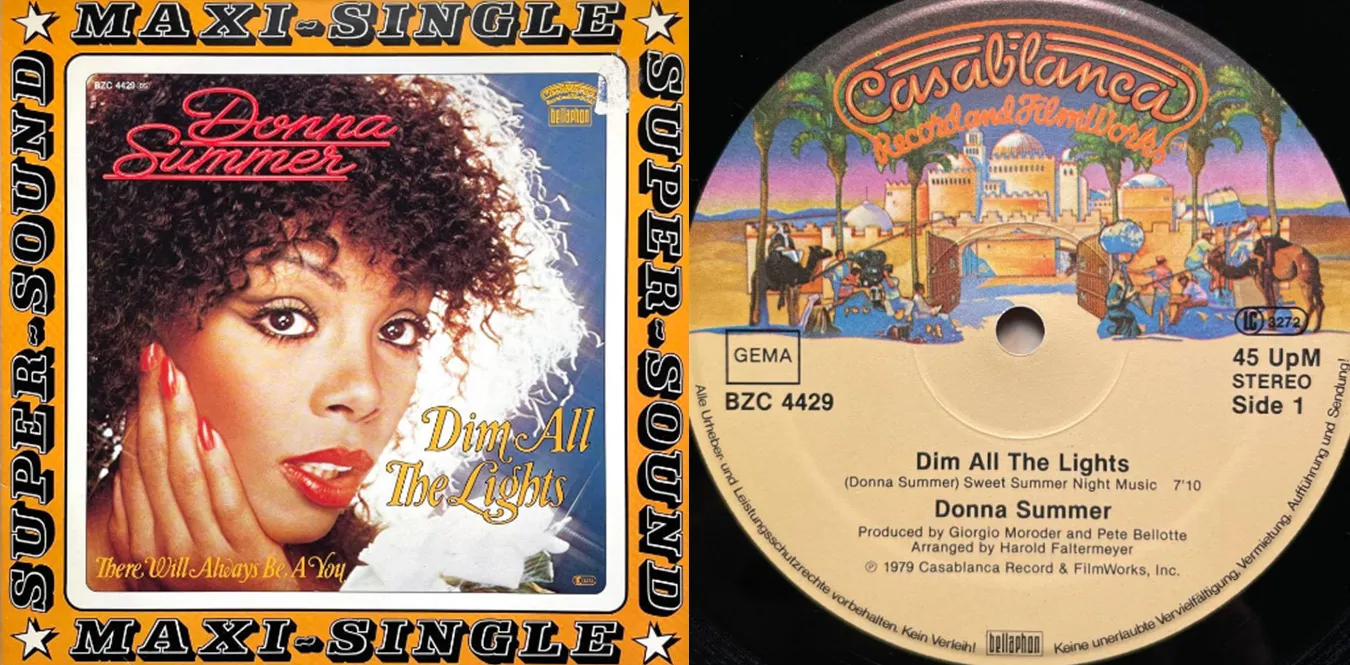
![[Column] Tatsuro Yamashita: Analog aesthetics and changes in sound after transition to digital](/../assets/images/column-yamashita-tatsuro.webp)
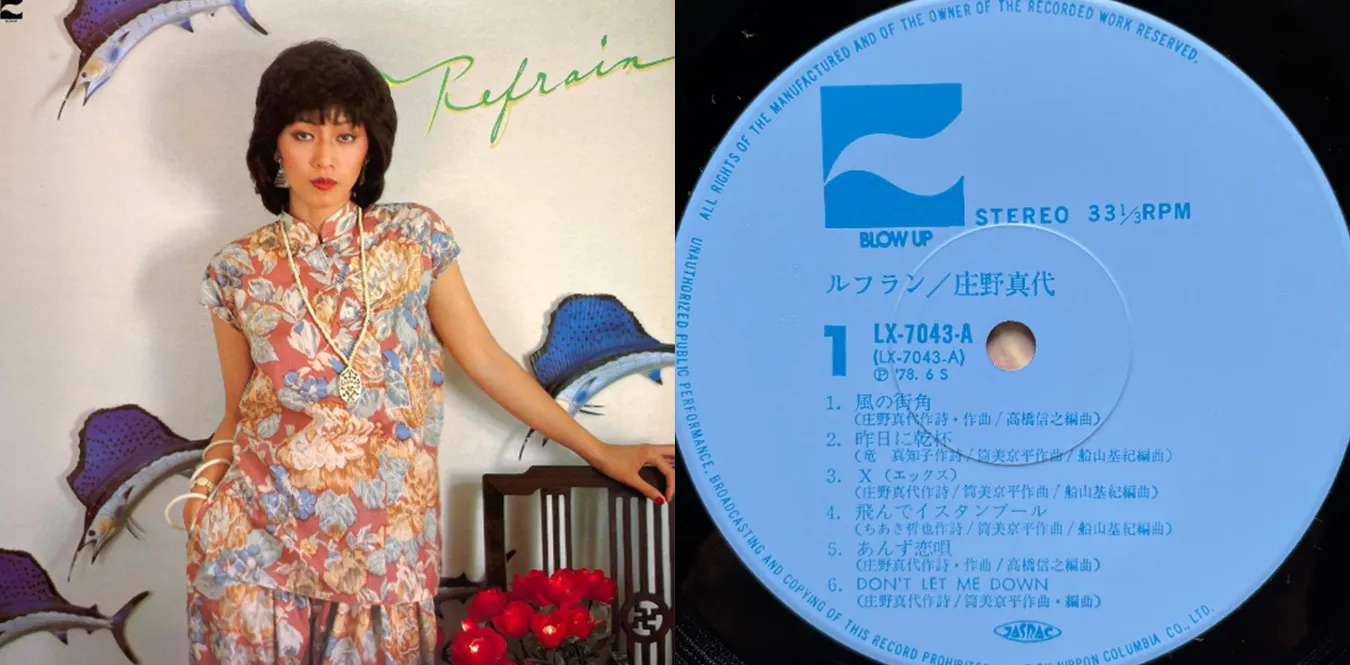
![[Column] From the intersection of disco and Japanese culture to the present — history, masterpieces, equipment, club culture](/../assets/images/column-disco-japan.webp)
